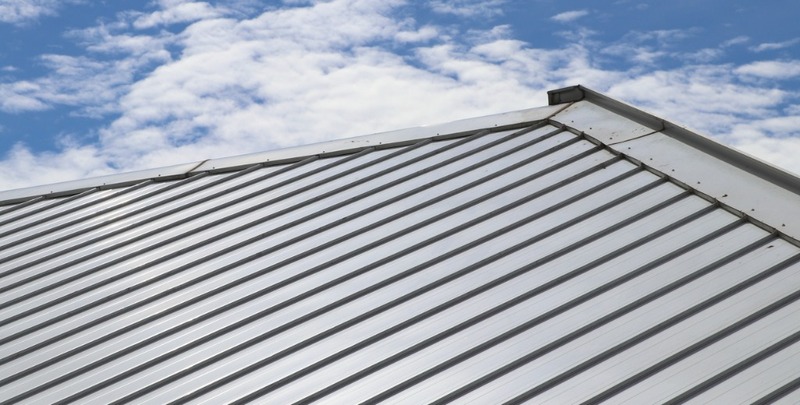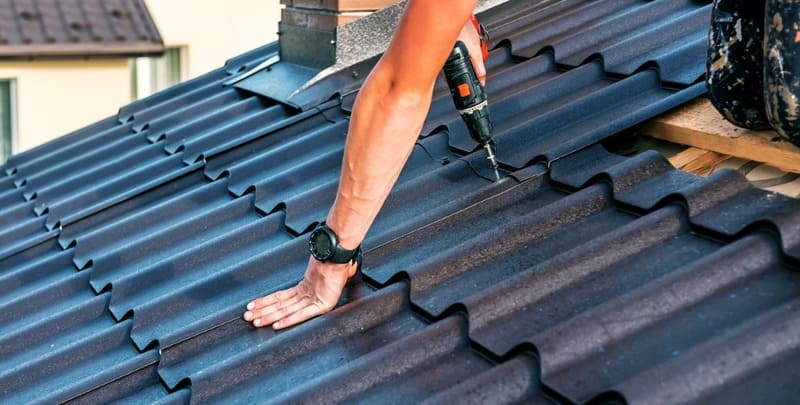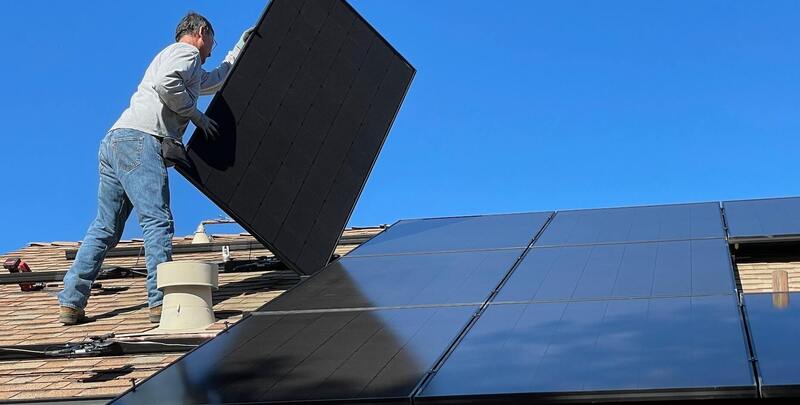6 Tips for Choosing the Best Roofing for Your House

If you’re currently building, or facing a roof replacement, what might be the best roofing choice for your home? It’s a tough question and there’s definitely no one-size-fits-all answer.
You might be considering a new roof because of general wear and tear or it might be for aesthetic reasons. Perhaps you’re building and you’re wondering about the best roofing to top off your investment. Whatever your situation, you want to make the right choice, not only for street appeal but also for the climatic conditions you live in.
What is the best roofing for you? When it comes to colour and style, that’s a matter of personal taste. But there are also practical decisions to be made. Here are six tips for choosing the best roofing for your home.
1. Get to Know Your Options
Before you get started, it’s important to know there’s a dazzling array of options on the market. There’s a big range when it comes to materials, styles and cost.
It’s impossible to make an informed decision if you don’t know what your choices are. If you’re conferring with a qualified roofing contractor, make sure you go through all the choices of materials and styles on offer, along with the likely cost of each option.
Keep reading to learn more about your range of options, taking into account materials, colours, durability, suitability and longevity.
2. What Material Should I Choose?
You want the style of roof you choose to suit your home’s architecture, of course, so aesthetic appeal will play a big part in your decision making.
If you are in the process of building, it would be best to consult with your building contractor or a professional roofer. Here are the most common roofing options in Australia:
- Steel roofing – This is a popular choice for Australian homes. It is economical (but don’t forget to include the cost of screws, flashing and ridge caps) and available in a range of colours, including red, greys, creams, greens and blue.
- Terracotta roof tiles – These tiles are made from clay. Terracotta tiles are stylish and can add a natural look to your home. They usually come in darker colours such as black, greys, browns and orange. There’s a big range of styles to suit your home’s architecture. These are expensive to buy and must be installed by a professional to prevent leakage.
- Concrete roof tiles – Concrete roof tiling is one of the strongest materials available. Concrete roof tiles come in a range of designs that imitate natural materials, including wood, slate and stone. This is another economical choice.
- Slate roof tiles – Slate is a type of natural stone and one of the most attractive of roofing materials. Slate can look impressive and comes in a range of sizes and colours, including black, grey, green, purple and red. Slate lasts a long time but is also the most expensive roofing material.

3. How Long Should My Roof Last?
Australia’s a big country, with big variations and many different extremes in climate. That’s why our homes need sturdy, durable roofing installed by professionals. Never cut corners in the search for the best roofing for you.
We’ve already taken a look at the most popular material choices for roofing in Australia. Those materials are all well suited to the variations of the Australian climate, but which one is best for strength, durability and longevity?
When it comes to longevity, slate tiling wins hands down over the competition. Slate tiles can last up to 150 years. The downside is they can easily be dislodged by someone working on the roof. They can also be difficult to replace because they’re made in batches.
Steel roofing lasts between 20 and 50 years and usually has a lengthy manufacturer’s warranty. It is one of the most durable materials available, resisting heavy rain, high winds, mould and extreme temperatures. A drawback is that heavy rain on a steel roof can make a lot of noise and large hailstones can make dents.
Terracotta tiles also last up to 50 years and stand up well to extreme weather conditions. Terracotta is an effective insulator and can help to save money on power bills. However, they can break if something heavy – such as a tree branch – falls on them. The upside is they’re not too difficult to replace.
Concrete tiling lasts up to 50 years and usually comes with a long manufacturer’s guarantee. It is also a good insulator and can help to make your heating and cooling more efficient. While it can look outstanding, due to its porous nature it can fade over time and may require painting.
4. Know Your Area’s Building Code
Before making any decisions, it’s crucial to know what roofing is allowed according to your local building regulations.
Some councils have strict regulations which pertain to heritage, safety, height and aesthetics. Some roofing materials are toxic and can make people sick, particularly if ventilation is poor. A roofing professional will know which materials to avoid.
There are also regulations for homes constructed in cyclone zones, and other regulations for areas prone to bushfires. If you’re working with an experienced local builder or qualified roofing contractor, they should be aware of the local building code and what is and isn’t allowed.
Be wary if you’re doing some of the renovations yourself and you come across asbestos. This is dangerous material and there are strict regulations on how it should be handled. This is another reason to leave roofing to the professionals.

5. Is Your Choice of Roof Eco-Friendly?
There are a number of choices if you’re in the market for the most eco-friendly roofing material. The popular materials we’ve already examined are all eco-friendly as they’re all durable and long-lasting.
But what is the best roofing for the environment? There are styles that are specifically designed to be eco-friendly, such as:
- Cool roofs – These use tiles made of white glue and gravel which reflect the sun’s rays. These roofs are best suited for hot, dry conditions. A cool roof reduces the heat that gets into your home. They can suffer from mould in areas of high humidity.
- Solar roofs – Solar roofing can protect homes while generating electricity. These are long-lasting and ideal for areas that receive a lot of sunlight. But be aware that a solar roof is expensive to buy and install.
- Living roofs – A living roof not only moderates heat, but also helps to reduce carbon dioxide and water run-off. But they can be expensive and are high maintenance. It might also be necessary to make modifications to your home’s structure to support the extra weight.
- Rubber roofs – Rubber roofs are durable against the elements and can last up to 50 years. These roofs are made from recycled tyres and require very little maintenance.
6. What Will the Best Roofing Cost?
The cost of your roofing will be one of the key deciding factors in what you end up with.
Make sure you get an upfront quote or at least an estimate on how much your roof and the installation will cost. The price range can vary greatly, so be sure to shop around and do some research.
Of the most popular materials used for Australian homes, slate tiles and terracotta tiles are the most expensive options. Solar roofs and living roofs are also costly to set up.
The cost of your roof will be determined by:
- The material you choose
- The style of roof you choose
- The architecture of your house
- The time of year you’re building or having your roof replaced
As a general rule, don’t go cheap when it comes to roofing. Ultimately, you get what you pay for. There’s nothing wrong with choosing an economical option such as steel roofing or concrete tiles – these are reliable and durable choices – but make sure you use a quality brand and have it installed by a qualified roofing contractor.
In Conclusion
As previously mentioned, there are many options when it comes to finding the best roofing for you. You need to think practically, and you don’t want costs to go through the roof. Choose a material and style that suits your home and the aesthetics of the area, resulting in a roof that protects you and your family from the elements for a long time to come.
Please note: This information is provided for advice purposes only. Regulations differ from state to state, so please consult your local authorities or an industry professional before proceeding with any work. See our Terms & Conditions here.